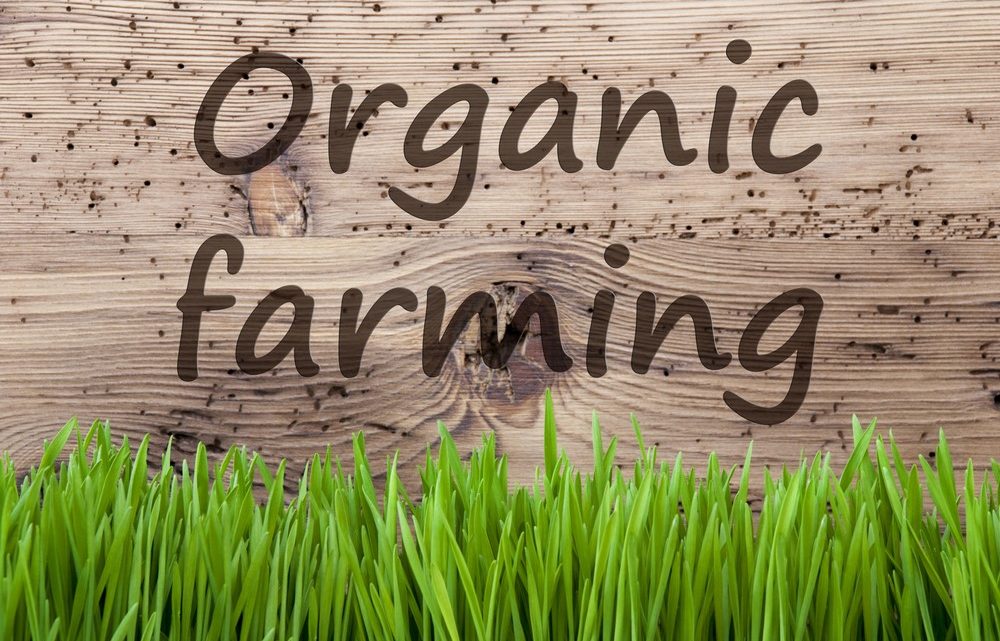
Reasons And Technologies To Farm Organic
More and more consumers analyze the impact of food on their health and choose organic food. At the same time, the demand for such products exceeds the supply. For example, in the United States, organic agricultural land makes up less than 1% of all areas. Thus, many growers lose not only environmental benefits but also economic ones. Here are the main reasons to switch to organic farming and technologies to optimize production.

5 Reasons to Farm Organic
Organic farming has various advantages. Some of them are individual and depend on the characteristics of a particular farm. These five reasons are universal for any grower.
Consumer Appetite For Organic Products Is Growing
According to surveys in different countries, organic food consumption has increased. So, almost 70% of Americans buy at least one such product per month. Moreover, the share of buyers is higher among young people. Accordingly, the demand for organic products will only grow in the future. At the same time, its price decreases as more and more farms appear. Therefore, organic food becomes more accessible to more consumers. At the same time, an organic farm’s profitability is higher than a traditional one. It allows farmers to earn more money.
Reduce Your Exposure To Harmful Synthetic Pesticides
Traditional agriculture involves the extensive use of pesticides: farmers use from 2 to 12 synthetic products to treat plants. Some remain ingrown crops, from leafy greens to berries and grapes. It leads to an increase in diseases such as obesity, autism, and some forms of cancer. Organic production reduces the consumption of harmful pesticides, which positively affects human health.
Building Soil Health
Healthy soil provides crops with the necessary amount of nutrients. Traditional farming involves using herbicides, which can have a very negative effect on soil quality. Organic agriculture, on the contrary, contributes to the improvement of the soil ecosystem. Its methods include crop rotation and animal manure. They increase the amount of organic matter in the soil, improving its structure and making it more fertile. Moreover, studies show that the resulting microbes provide plant roots with nutrients and protect them from pathogens. As land resources are depleted globally, the transition to sustainable soil management practices becomes critical to sustaining efficient agriculture in the future.
Healthy Ecosystems
Organic farming contributes to the ecosystem’s health. In such an environment, vital resources are in balance. Thanks to this, the ecosystem can manage itself, providing the various elements with the necessary nutrients.
Organic Food Provide More Intense Flavors
Organic foods contain more nutrients and less water and sugar than traditional foods. As a result, they have a richer taste. At the same time, it is natural since organic products do not contain preservatives and artificial food colors.
Organic Farming With Satellite Technologies
Satellite technologies provide new opportunities for organic farming. With their help, growers can identify and solve critical problems promptly. Monitoring software provides accurate data on the state of the soil, crop, and environment, allowing farmers to adjust production in real-time, even remotely. EOS Crop Monitoring is an online tool that enables farmers to analyze vegetation state based on historical data over the past five years. It allows them to predict the situation in the future and plan further actions in detail. The platform also helps with soil testing, allowing growers to detect the first signs of erosion on time, which significantly saves costs for its elimination.
An essential element of EOS Crop Monitoring is determining the state of vegetation based on vegetation indices data. They enable farmers to choose an individual approach for the production of each crop. Moreover, with the help of this monitoring software, growers can divide the field into zones depending on different parameters to save resources and more effectively solve problems in particular areas. The platform offers two types of zoning:
- Productivity maps – based on historical data to decide on phosphorus and potassium fertilizers application and on irrigation, since these fertilizers and water are accumulated in soil
- Vegetation maps – show current vegetation changes for the planning of differential application of nitrogen fertilizer based on plants’ state at the moment.
With the help of the weather feature, farmers can adjust the irrigation plan, plan other field activities, and protect crops in case of the upcoming weather-related threat. More so, the access to historical weather data for 5 years allows for planning smart crop rotation on each field based on the performance of each crop on a particular area through the seasons.
Thus, organic farming is promising both for healthy food production and the protection of the environment. And specialized software like EOS Crop Monitoring enables growers to save resources and achieve even better results.